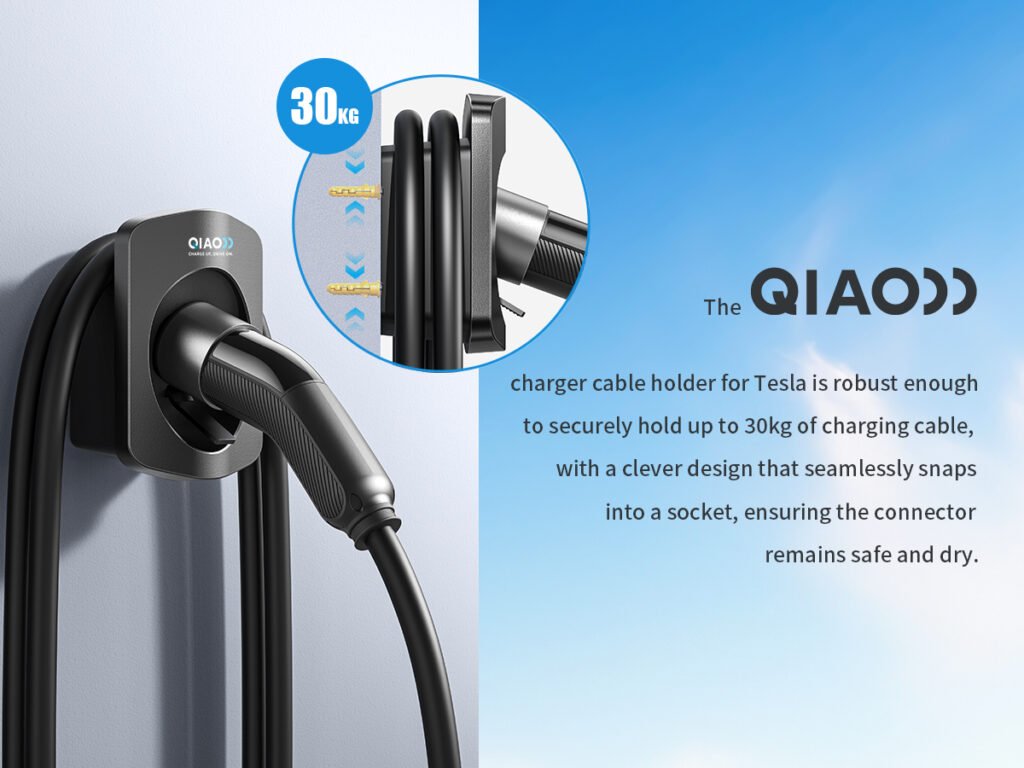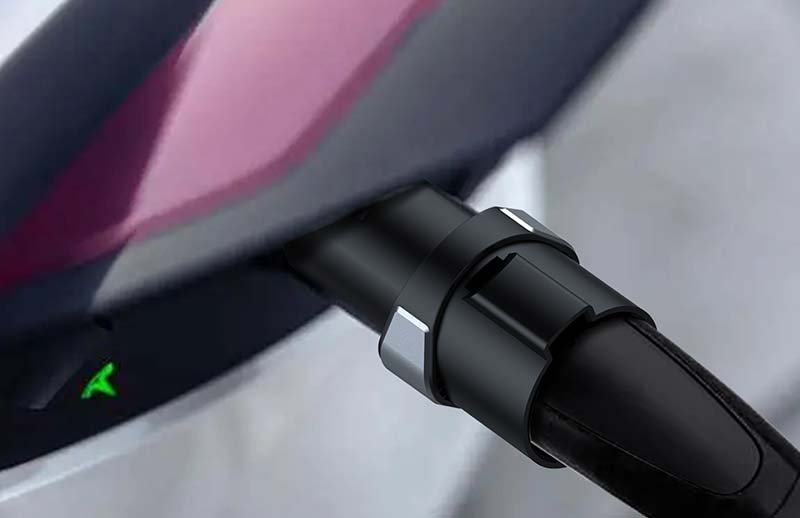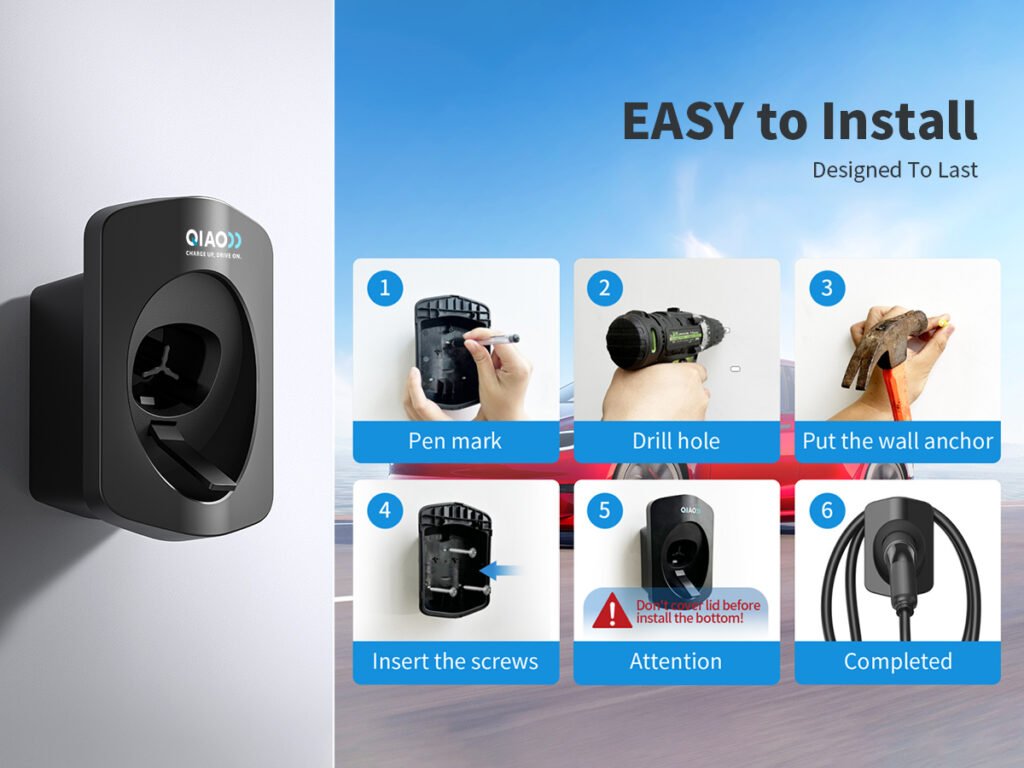Ever felt like EV charging terminology is a secret language? You’re not alone. One common term that often puzzles EV newcomers is “Level 1 EV Charger.” Let’s decode what it means and why it’s an essential part of the EV charging world.
A Level 1 EV charger is the simplest and most basic way to charge your electric vehicle (EV). It uses a standard 120-volt AC outlet, typically found in homes and garages, to provide electricity to your EV.
Still curious? Keep reading. We’ll cover how it works, its benefits and limitations, and whether it’s the right choice for you.
How does a Level 1 EV charger work?
A Level 1 charger operates by plugging into a standard 120-volt outlet—the same type of outlet you use for household appliances like a toaster or lamp. It doesn’t require any additional installation or special hardware.
When connected to your EV, the charger converts the AC power from your outlet into DC power that charges your vehicle’s battery. The onboard charger in your car controls this conversion, ensuring the battery is charged safely and efficiently.
This simplicity makes Level 1 charging ideal for those who drive limited distances daily or have overnight charging opportunities. Just plug it in, and your car recharges while you sleep.
What is the charging speed of a Level 1 EV charger?
Level 1 chargers typically provide 1 to 1.4 kW of power. This translates to about 3-5 miles of range per hour of charging. While that might sound slow compared to Level 2 or DC fast chargers, it’s often sufficient for drivers with light daily commutes.
For instance, if you drive 30 miles per day, charging overnight (8-12 hours) with a Level 1 charger can replenish your battery easily.
What are the benefits of a Level 1 EV charger?
1. Convenience
Level 1 chargers are incredibly easy to use. Just plug it into a standard outlet and start charging. No need for expensive equipment or professional installation.
2. Affordability
Since Level 1 chargers don’t require additional infrastructure, they are the most cost-effective option for EV owners. It’s perfect for those just starting their EV journey or on a budget.
3. Compatibility
Most EVs come with a Level 1 charger included, making it a universal solution. Whether you drive a Tesla, Nissan Leaf, or any other model, a Level 1 charger will work.
Are there limitations to a Level 1 EV charger?
While convenient and affordable, Level 1 chargers have their drawbacks. Here are a few:
1. Slow Charging Speed
With only 3-5 miles of range added per hour, it’s not ideal for long-distance drivers or those who frequently need a full battery.
2. Limited Use for Large Batteries
As EVs with larger batteries become more common, the slow speed of Level 1 charging can make it less practical for some owners. For example, a Tesla Model S with a 100 kWh battery would take several days to fully charge using a Level 1 charger.
3. Strain on Household Outlets
Charging for extended periods can sometimes overload older wiring or outlets. It’s crucial to ensure your home’s electrical system is up to the task.
Who should use a Level 1 EV charger?
Level 1 chargers are best suited for specific user profiles. Here’s who benefits the most:
- Light Commuters: If your daily commute is under 40 miles, a Level 1 charger can handle your needs effortlessly.
- Overnight Chargers: Have plenty of time to charge while you sleep? Level 1 charging can be a low-cost, low-hassle solution.
- Budget-Conscious Owners: Avoid the added expense of Level 2 installations or public charging fees.
How does a Level 1 EV charger compare to other levels?
Level 2 Chargers
- Uses a 240-volt outlet.
- Charges 4-6 times faster than Level 1 (20-30 miles of range per hour).
- Requires professional installation.
DC Fast Chargers
- Found in public charging stations.
- Charges up to 80% in 30 minutes.
- Not suitable for home use due to cost and infrastructure.
While Level 2 and DC fast chargers offer faster speeds, they come with higher costs and installation requirements. Level 1 remains the simplest and most accessible choice for many EV owners.
Tips for maximizing Level 1 EV charging efficiency
- Charge Regularly: Plug in every night to keep your battery topped up.
- Upgrade Your Outlet: Ensure your 120-volt outlet and wiring are in good condition to handle continuous charging.
- Time Your Charging: Use your EV’s timer to charge during off-peak hours for lower electricity rates.
Conclusion
A Level 1 EV charger is a practical and accessible option for many EV owners. While it’s not the fastest, its simplicity, affordability, and compatibility make it a valuable tool in the EV ecosystem. Whether you’re a new EV owner or a light commuter, a Level 1 charger could be all you need to stay powered up.




